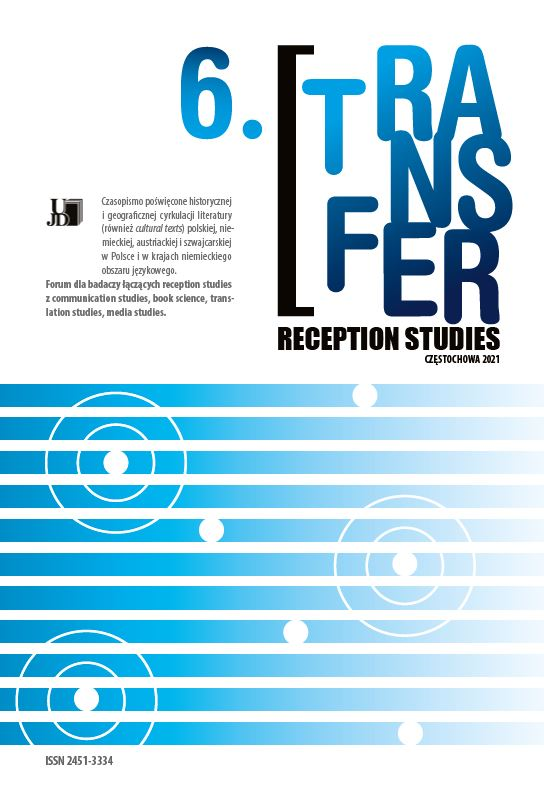Emotywne funkcje ekslibrisu polskiego
z lat 1939–1945
Emotive functions of the Polish exlibris from 1939–1945
Author(s): Joanna Bochaczek-Trąbska, Iwona SterczewskaSubject(s): Language and Literature Studies, Library and Information Science
Published by: Uniwersytet Jana Długosza w Częstochowie
Keywords: Exlibris; Library Book; Collecting; Graphics
Summary/Abstract: Ekslibris – the book ownership mark, has a tradition dating back more than five centu-ries. The history of this form of graphic design is closely connected with the epoch-making inven-tion of the font by Jan Gutenberg and the printing of incunabula - the first books. It grew and ma-tured where the book and the library appeared. Initially, it was a carrier of information about its owner. Over the centuries, it has undergone numerous transformations, which were related to cur-rent artistic trends, but also to the personal preferences of the clients. The changes also concerned graphic techniques. The 20th century brought a rebirth of cult and book decoration. On the one hand, it was greatly influenced by the development of modern graphics as an autonomous and inde-pendent visual discipline, on the other hand, it was influenced by the intensification and the need to search for new means of expression within the style and form of the bookshop. Today, a large number of bibliophiles have their own exlibris, often a few. In the era of ubiquitous digitization, dynamic development of technology and techniques, its use undoubtedly proves high cultural needs, respect for books and great care for them. Ekslibris can still be described as the emblem of the bibliophile.
Journal: Transfer. Reception studies
- Issue Year: 6/2021
- Issue No: 1
- Page Range: 219-233
- Page Count: 15
- Language: Polish

